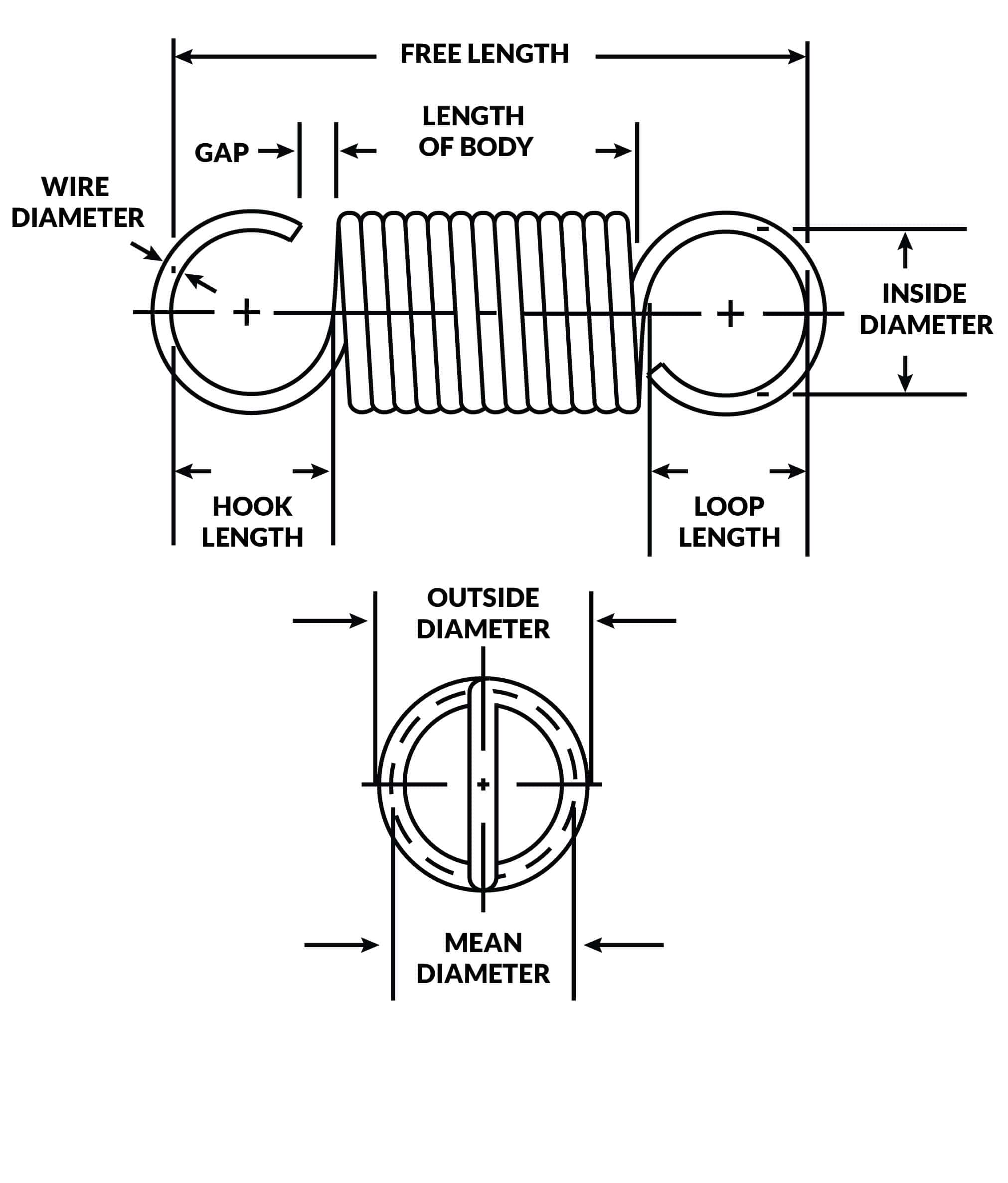Get unique, complex parts easily. No matter your requirements, Chaoyi Spring creates hard-to-produce coil springs and wire forms.
Let us help you create the custom wire form you need, from S-hooks and J-hooks to utility hooks and more.
We work closely with customers across a wide range of industries, helping them design and manufacture made-to-order parts.
Why choose Chaoyi Spring? We prioritize customer-focused collaboration, modern equipment and the latest technology to make your parts per print.
Find the information and guidance you need, from measuring a spring to learning about materials, placing an order and much more.
Compressed springs, often overlooked in the vast world of mechanical components, play a vital role in countless applications, from everyday objects to complex machinery. These seemingly simple devices, packed with


Compressed springs, often overlooked in the vast world of mechanical components, play a vital role in countless applications, from everyday objects to complex machinery. These seemingly simple devices, packed with potential energy, are the unsung heroes of our modern world. Their ability to store and release energy in a controlled manner makes them indispensable for a wide range of functions, from providing a smooth ride in automobiles to enabling precise movements in delicate instruments. This article delves into the fascinating world of compressed springs, exploring their design principles, working mechanisms, and diverse applications.

At their core, compressed springs are helical coils made from a resilient material, often steel, designed to resist compression. When a force is applied, the spring compresses, storing potential energy. This stored energy is then released when the force is removed, causing the spring to return to its original shape. The key to understanding compressed springs lies in their unique ability to transform energy, efficiently converting mechanical force into potential energy and vice versa.
The behavior of a compressed spring is governed by its physical properties, notably its spring rate or stiffness. This rate, often denoted by 'k,' represents the force required to compress the spring by a specific distance. A higher spring rate signifies a stiffer spring, requiring more force to compress it, while a lower rate implies a more flexible spring. This spring rate is crucial in determining the spring's performance in a given application.
Compressed springs come in various shapes and sizes, each tailored to specific applications. The most common types include:
Compressed springs are ubiquitous, quietly performing vital roles in a vast array of applications, including:
Choosing the right compressed spring for a given application is crucial for achieving optimal performance and reliability. Several factors must be considered, including:
Compressed springs, though seemingly simple, are powerful components that play a critical role in countless applications. Their ability to store and release energy, coupled with their versatility and adaptability, makes them indispensable for a wide range of industries and everyday objects. By understanding the fundamentals of compressed springs, their diverse types, and the factors that influence their design and selection, engineers and designers can harness their potential to create innovative solutions and improve the performance and efficiency of countless products and systems. Whether it's providing a smooth ride in a car or enabling the delicate movements of a surgical instrument, the power of compressed springs continues to shape our world.
As we navigate an increasingly complex and technologically advanced world, the seemingly simple compressed spring remains a testament to the enduring power of basic principles in engineering. Its ability to transform energy, providing both force and resilience, continues to be essential in countless applications. The future of compressed springs lies in further advancements in material science, design optimization, and innovative applications, ensuring that these versatile components continue to play a crucial role in shaping our world.
Browse some of the custom wire forms and springs that we manufacture. Don’t see what you need? We specialize in made-to-order products that meet your application requirements.
Visit Our GalleryNeed a custom wire form or coil spring? We make it work. Fill out the contact form and a representative will respond within 1 business day. If you have a PDF or CAD file, you can submit to request a quote.